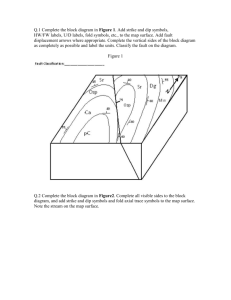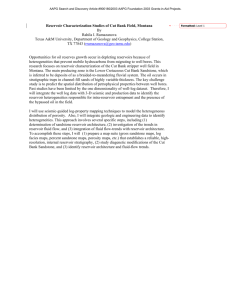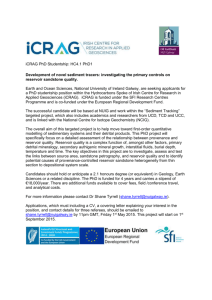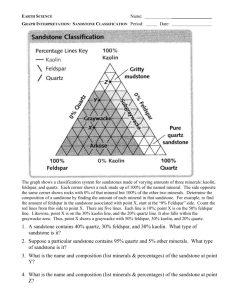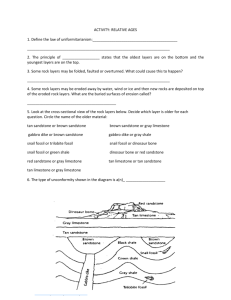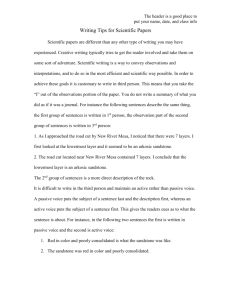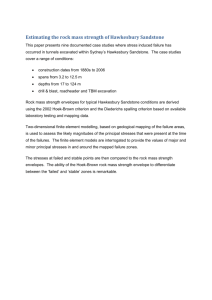Analyze a reservoir by integrating structure, thickness, lithology, and
advertisement
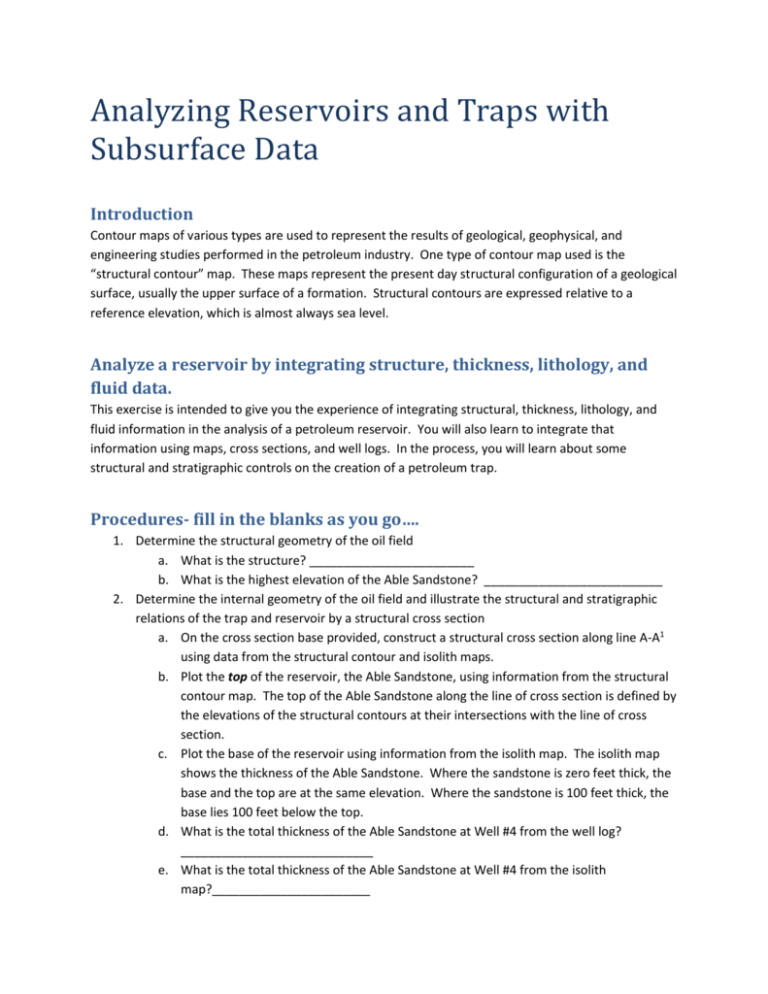
Analyzing Reservoirs and Traps with Subsurface Data Introduction Contour maps of various types are used to represent the results of geological, geophysical, and engineering studies performed in the petroleum industry. One type of contour map used is the “structural contour” map. These maps represent the present day structural configuration of a geological surface, usually the upper surface of a formation. Structural contours are expressed relative to a reference elevation, which is almost always sea level. Analyze a reservoir by integrating structure, thickness, lithology, and fluid data. This exercise is intended to give you the experience of integrating structural, thickness, lithology, and fluid information in the analysis of a petroleum reservoir. You will also learn to integrate that information using maps, cross sections, and well logs. In the process, you will learn about some structural and stratigraphic controls on the creation of a petroleum trap. Procedures- fill in the blanks as you go…. 1. Determine the structural geometry of the oil field a. What is the structure? ________________________ b. What is the highest elevation of the Able Sandstone? __________________________ 2. Determine the internal geometry of the oil field and illustrate the structural and stratigraphic relations of the trap and reservoir by a structural cross section a. On the cross section base provided, construct a structural cross section along line A-A1 using data from the structural contour and isolith maps. b. Plot the top of the reservoir, the Able Sandstone, using information from the structural contour map. The top of the Able Sandstone along the line of cross section is defined by the elevations of the structural contours at their intersections with the line of cross section. c. Plot the base of the reservoir using information from the isolith map. The isolith map shows the thickness of the Able Sandstone. Where the sandstone is zero feet thick, the base and the top are at the same elevation. Where the sandstone is 100 feet thick, the base lies 100 feet below the top. d. What is the total thickness of the Able Sandstone at Well #4 from the well log? ____________________________ e. What is the total thickness of the Able Sandstone at Well #4 from the isolith map?_______________________ 3. Determine the position of the oil and water legs within the trap. a. What is the thickness of oil saturated sandstone at Well #4 from the well log? ______________________ b. What is the thickness of oil saturated sandstone at Well #4 from the isolith map? ______________________ c. Draw in the Oil-water contact on the cross section. d. Label the oil leg. e. Label the water leg. Questions to discuss as a group 1. Why would wells drilled on the east flank of the structure be dry? 2. Which well has the thickest section of oil saturated sandstone? 3. What is the vertical distance between the top of the Able Sandstone at its highest structural position and the oil-water contact? 4. Where would you perforate well #4?
